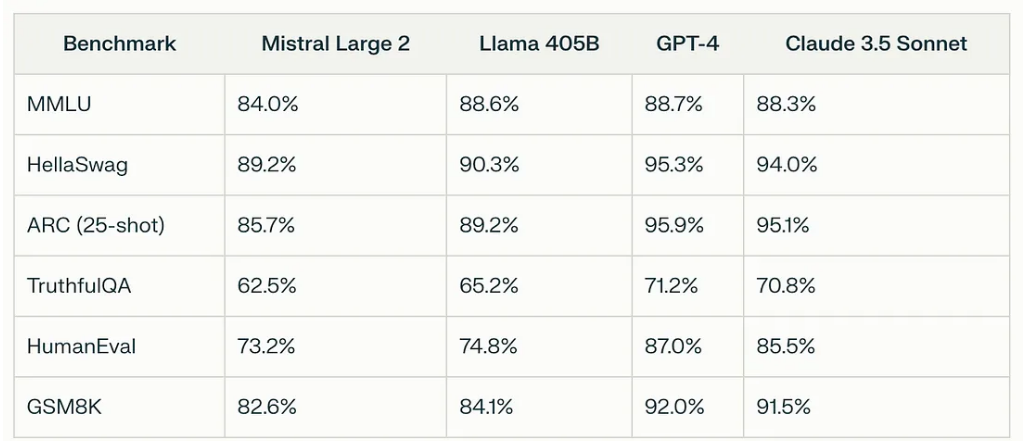LLM Benchmarks: Finding the right LLM for your Needs
Discover the Right Large Language Model for Your Business
Choosing the right Large Language Model (LLM) for your business can be a daunting task. With numerous options available, it's crucial to understand how to evaluate these models effectively. This article will guide you through the best sources for LLM benchmarks and provide insights into selecting the ideal model for your needs.
LLM Benchmarks: Best Sources
To make an informed decision, it's essential to rely on credible sources for LLM benchmarks.
Here are some of the best resources:
These sources provide comprehensive evaluations of various LLMs, helping you understand their performance across different tasks.
Evaluating Large Language Models
When evaluating LLMs, it's important to consider both functional and non-functional criteria. Functional criteria focus on the model's performance in specific tasks, while non-functional criteria include aspects like data security, deployment options, and cost. Benchmarks to consider from a data science perspective are the BLEU and ROUGE LLM evaluation metrics.
Functional Criteria of LLM Benchmarks
Functional criteria involve assessing the model's ability to perform tasks such as text generation, translation, and summarization. Benchmarks like SuperGLUE and LMSys provide detailed performance metrics for these tasks.
Non-Functional Criteria of LLM Benchmarks
Non-functional criteria are equally important and include:
- Data Security: Ensure the model complies with data protection regulations.
- Deployment Options: Decide whether to use an API or deploy the model on your own infrastructure.
- AI Act & Compliance Regulations: Be aware that some models are not available in certain countries due to regulations.
- Cost: Evaluate the cost per token and overall expenses associated with the model.
How to Select the right LLM for your Purpose
To select the best LLM for your business, consider the following steps:
- Identify Your Needs: Determine the specific tasks you need the LLM to perform.
- Consult Benchmarks: Use the sources mentioned above to compare the performance of different models.
- Evaluate Non-Functional Criteria: Assess the deployment options, data security, and cost implications.
- Test Models: Conduct your own tests to see how well the models perform in your specific use case.

Need support with your Generative AI Strategy and Implementation?
🚀 AI Strategy, business and tech support
🚀 ChatGPT, Generative AI & Conversational AI (Chatbot)
🚀 Support with AI product development
🚀 AI Tools and Automation















